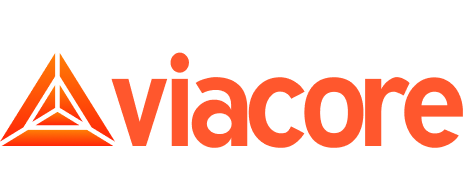Navigating IT Service Management Options
Navigating IT Service Management Options" is a great title that suggests a thoughtful exploration of various ITSM solutions...
Introduction
In today’s fast-paced business environment, effective IT Service Management (ITSM) is essential for organizations to maintain seamless operations and deliver value to customers. As businesses increasingly rely on technology, ITSM helps align IT services with organizational goals, ensuring consistent service delivery. This guide explores the key components, benefits, and best practices that organizations should consider when navigating IT service management frameworks.
The Advantages of Online Education
ITSM offers several benefits that improve both the efficiency and reliability of IT services. Key advantages include:
1. Improved Service Quality
ITSM ensures that IT services are delivered consistently and efficiently, leading to better service quality. It provides a structured framework for incident, problem, and change management, reducing downtime and minimizing disruptions.
2.Cost Optimization
By implementing ITSM practices, organizations can streamline processes, reduce redundancies, and optimize resource allocation. This efficiency reduces operational costs and enhances IT budgeting strategies.
3.Alignment with Business Goals
ITSM frameworks enable IT departments to align their services with broader business objectives. This alignment ensures that IT contributes directly to the success of the organization, enabling continuous improvement and innovation.
However, successful ITSM implementation requires careful planning, clear communication, and ongoing management. To fully realize the benefits, organizations should follow best practices that promote efficient processes and stakeholder engagement.

Key Considerations for Selecting an ITSM Framework
When choosing an IT service management framework, it is essential to evaluate several critical factors to ensure that it aligns with your organization’s unique needs:
1.Comprehensive Capabilities
The framework should encompass a wide range of IT service management processes, including incident, problem, change, and asset management. A complete solution will address the full IT lifecycle, from request handling to service improvement.
2. Ease of Use
The selected framework should offer an intuitive and user-friendly interface for IT staff and other stakeholders. A simplified approach will facilitate faster adoption and ease the management of IT services.
3. Scalability
As your business grows, so do the demands on IT services. Choose a framework that can scale with your organization’s needs, whether you’re managing a small in-house team or a large, globally distributed IT department.
4. Integration Capabilities
An effective ITSM framework should integrate seamlessly with other tools, such as monitoring systems, automation platforms, and communication software. This integration ensures operational efficiency and enables data-driven decision-making.
5. Support and Training
Effective support and continuous learning are crucial for ITSM success. Ensure that the chosen framework comes with comprehensive support, as well as training programs for your IT team, to foster smooth implementation and optimization.
Best Practices for Effective IT Service Management
Transitioning to online education involves more than just choosing the right platform. Institutions should also implement best practices to ensure a high-quality learning experience:
Engage Stakeholders : Ensure open communication between IT, management, and other departments to align IT services with organizational needs.
Establish Clear SLAs : Define and communicate service level agreements (SLAs) that outline performance expectations and response times.
Leverage Data for Decision-Making : Use analytics and performance metrics to monitor IT services, identify improvement opportunities, and optimize service delivery.
Adapt and Evolve : Continuously review and refine your ITSM processes based on feedback and technological advancements.
